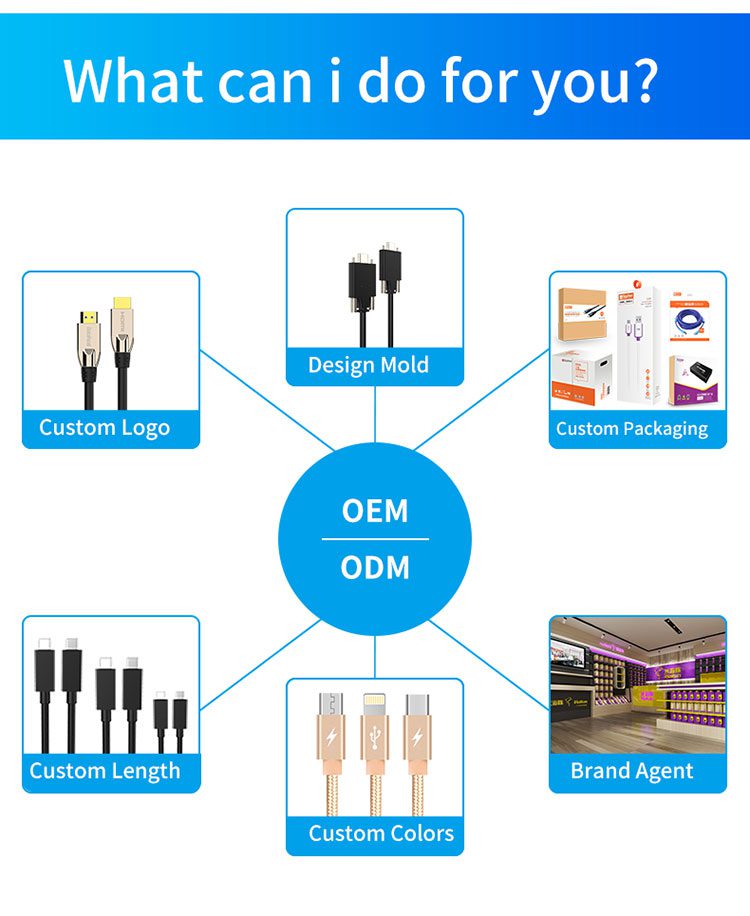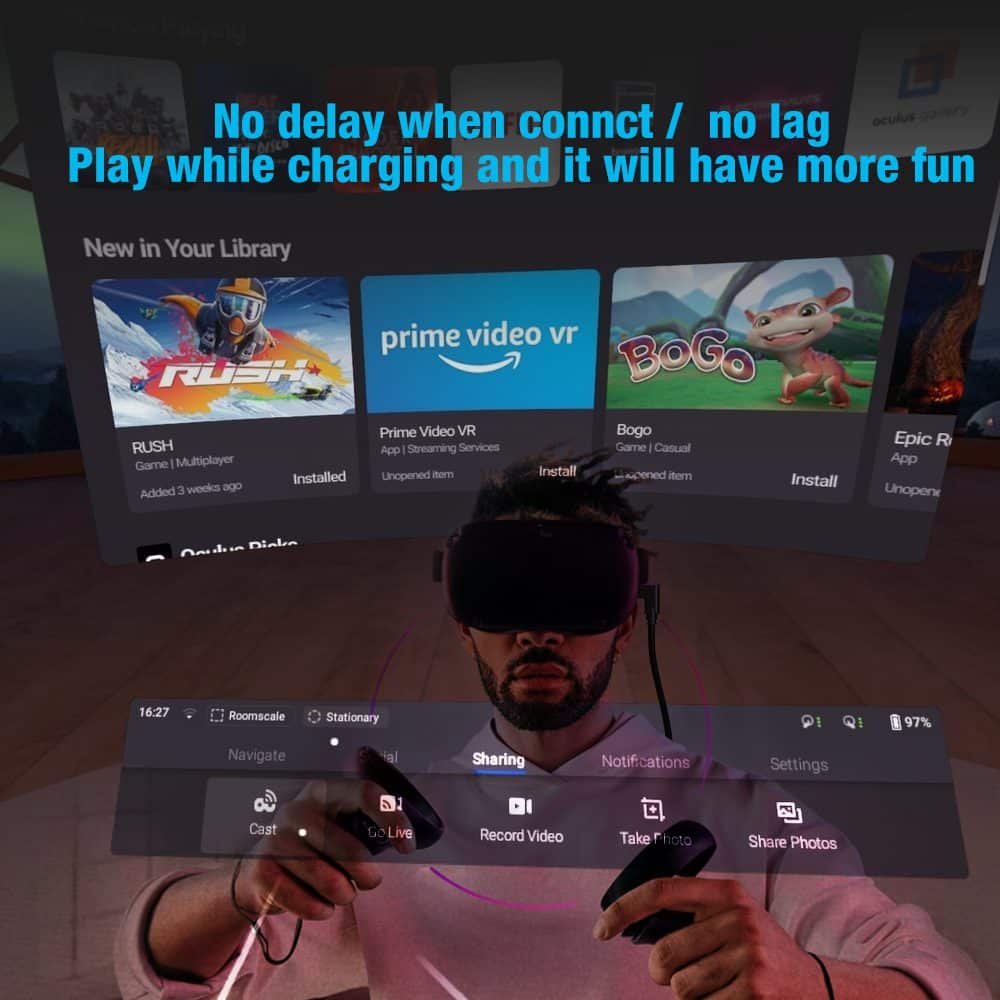Beyond Data Transfer: The Surprising Uses of USB Cables
The Surprising Uses of USB Cables
USB cables have long been recognized as the go-to solution for transferring data and charging devices. However, these versatile cables offer much more than meets the eye. In this article, we will explore some surprising uses of USB cables that go beyond simple data transfer.

- Powering Devices: USB cables can be used to provide power to a wide range of devices. With the advent of USB Power Delivery (USB PD), which supports higher power output, cables can now charge smartphones, tablets, laptops, and even some household appliances. USB PD-enabled cables can deliver more power, allowing for faster charging and eliminating the need for multiple chargers.
- Connecting Peripherals: USB cables are commonly used to connect peripherals to computers. From keyboards and mice to printers and scanners, cables provide a reliable and universal connection. In recent years, USB-C cables have gained popularity due to their reversible connector and faster data transfer speeds. This has led to the development of USB-C hubs, allowing users to connect multiple peripherals to a single USB-C port.
- Audio and Video Transmission: USB cables are not limited to data transfer; they can also transmit audio and video signals. USB audio interfaces and USB to HDMI adapters enable the connection of speakers, headphones, and displays to computers and mobile devices. This opens up possibilities for high-quality audio playback and video output, whether it’s for gaming, multimedia production, or presentations.
- Programming Microcontrollers: USB cables are essential tools for programmers and electronics enthusiasts. They are used to program microcontrollers, such as Arduino and Raspberry Pi boards, by establishing a serial connection. USB cables provide power and enable data transfer for uploading code, debugging, and interacting with the microcontroller.
- File Transfer between Devices: USB cables can be used to transfer files directly between devices, bypassing the need for Wi-Fi or cloud storage. By connecting two devices, such as smartphones or laptops, via a USB cable, users can quickly move files without relying on an internet connection. This method is particularly useful for sharing large files, backing up data, or working in remote areas with limited connectivity.
- Emergency Charging: USB cables can be a lifesaver in emergency situations. Many portable power banks or battery packs come with USB ports that allow users to charge their devices on the go. In cases where electrical outlets are unavailable or during power outages, a USB cable and a power bank can keep essential devices powered up, ensuring communication and access to important information.

In conclusion, USB cables are more than just tools for data transfer. Their versatility extends to areas such as power delivery, peripheral connectivity, audio/video transmission, programming microcontrollers, file transfer, and emergency charging. The ubiquity of USB cables and their compatibility with various devices make them indispensable tools in today’s digital world. So, the next time you reach for a USB cable, remember its potential for much more than simple data transfer.

